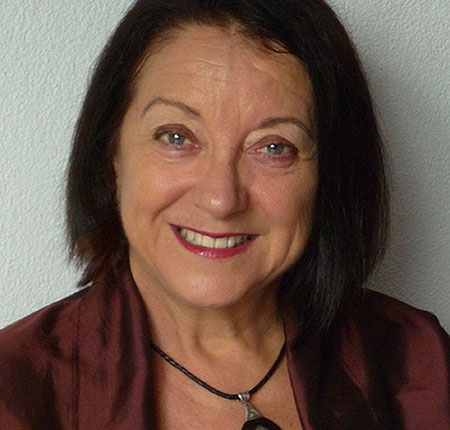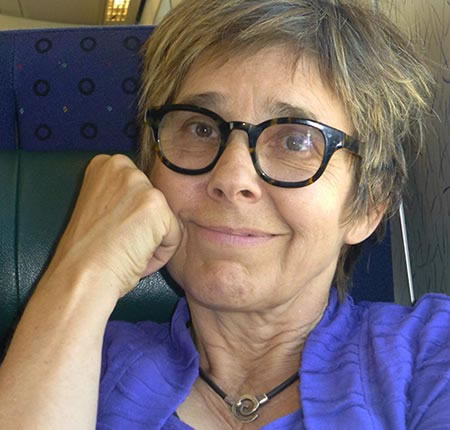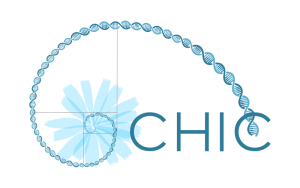Artists Residency
Jill Scott & Marille Hahne
Dr. Jill Scott is Professor for Art and Science Research in the Institute of Cultural Studies in the Arts, at the Zurich University of the Arts. Founder of the Artists-in- Labs Program and Vice Director of the Z-Node Ph.D. program on art and science at the University of Plymouth, UK.
Her artwork spans 38 years of media art production about the human body, behavior and body politics. More recently on neuroscience, ecology and sensory perception. Her most recent artworks involve the construction of interactive media and electronic sculptures. Based on studies she has conducted in residence in neuroscience labs at the University of Zurich, called Neuromedia. Her publications with Springer include Neuromedia: Art and Science Research with Esther Stoeckli (2012), Transdiscourse 1: Mediated Environments (2011) and Artists-in-labs: Networking in the Margins (2011).
Prof. Marille Hahne is a professor in Filmmaking. For 25 years she has been teaching at the Zurich University of the Arts (ZHdK) and is the director of their Master’s education program. She also lectured at the HFF, Munich and at the Goethe Institute, India. Since 1983, she has directed documentaries in Germany, the US and Australia. Hahne now specializes in films about Art and Science Collaborations (AIL Productions and Neuromedia).
The Aftertaste Project
The Aftertaste Project is based on the experience of learning science through the Art-Residency in the CHIC Labs. Jill Scott and Marille Hahne will research about the flavor, molecular behavior and health benefits of the chicory plant (cichorium intybus). These artists aim to help the public discover the primary and secondary compounds of chicory and the specific healing properties of its roots, seeds, and leaves in a new and engaging way. There will be three parts to this project:
- The main installation-“Aftertaste”
AFTERTASTE is an interactive media artwork by Jill Scott based on the way we perceive flavour, a combination of smell, taste and texture. Through interaction with three sculptural models, the audience can explore the health benefits of turpines and inulin in chicory. This interaction will “bio mimic” the sensations of flavour with images, sound compositions, film loops and additional layers of testimonies and sonifications in real-time. Additional layers can be explored, that contemplate food production of the chicory plant and its health benefits from various methods like organic growing, new breeding plant technology and plant cell cultures.
- The public event: “Quantifying Chicory”
Jill Scott and Marille Hahne will conduct a citizen science project about chicorys‘s sensory characteristics. It will take the form of a final event will explore what happens to chicory once it is eaten? How does chicory affect your health or well being? How does the sensation of chicory linger in the mouth so one can smell it and register a flavour out of it? How can the taste and smell of chicory combine to register flavour in the brain? What about its texture and its terpenes? Here the audience will have the chance to taste various inulin to give the scientists valuable feedback.
- The Documentary: “Chicory Unpacked”
Marille Hahne will make a documentary short film based on the Chic Research processes and how the collection of robust knowledge is made. This documentary will highlight research results and compare conclusions that are traceable for others and the personal experiences of the artist-in-the-lab residency and feature the know-how transfer from art-science-art. In this film the artists interview the scientists about their research and they discuss the art and science interaction as well as the relations between traditional and modern methods of research.
- Audience outreach
It is well known in science museum analysis that the audience benefits from interaction because they can explore information in their own space and time. The three parts of the Aftertaste Project will be designed to open up public education about the future of food production and cause more reflective discourses about the ethical side of the relationship between technology and agriculture.



 This project has received funding from the EU Horizon 2020 research & innovation programme under grant agreement N. 760891.
This project has received funding from the EU Horizon 2020 research & innovation programme under grant agreement N. 760891.